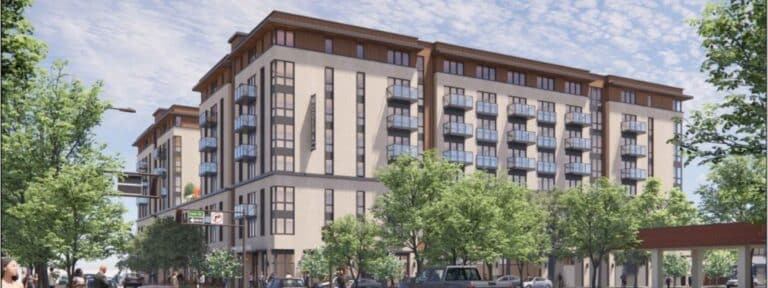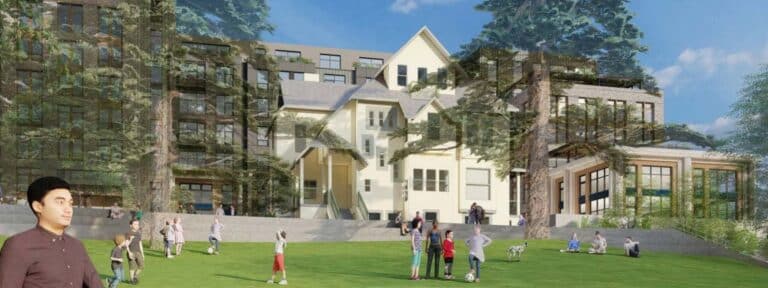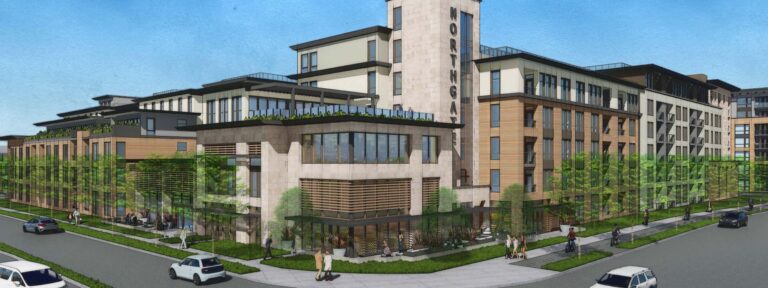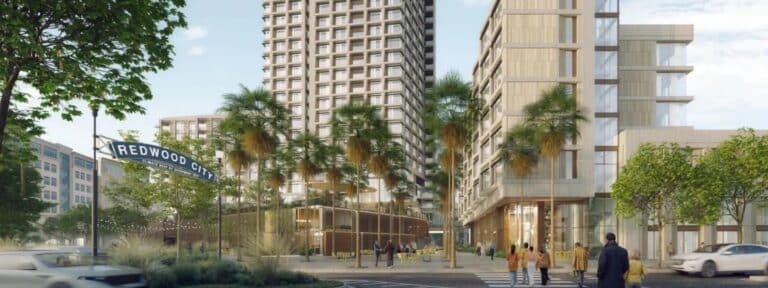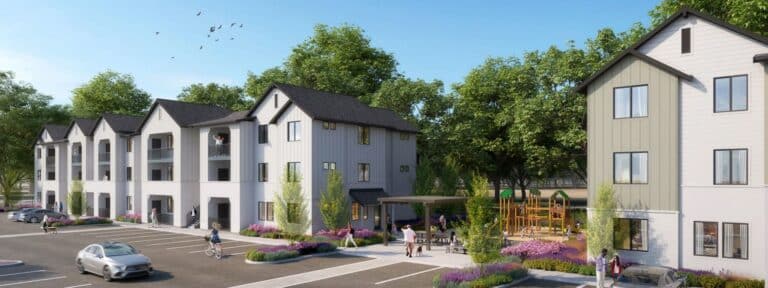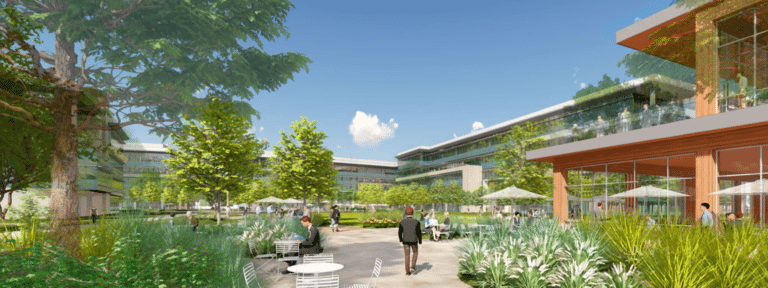Climate SMART Principles
Our Climate SMART Endorsement Program is driven by the following goals:
- Reduce greenhouse gas emissions and build resilience to climate impacts.
- Promote equity, foster community resilience, and protect the most vulnerable.
- Prioritize natural and green infrastructure solutions to enhance and protect natural resources and urban environments.
- Preserve and restore ecological systems that enhance natural system functions, services, and quality and that reduce risk.
Climate SMART Development Guidelines
Sustainable → Environmental Health; Social Health and Community Benefits/Engagement
Every project should be designed to promote ecological health, open space, and water conservation while applying the highest green building practices possible. Additionally, projects should help create a strong neighborhood identity and sense of place with diversity, variety, and choice rather than repetition to help distinguish the neighborhood from other places.
Mixed → Housing, Shopping, Jobs in Close Proximity
By making efficient use of land, new development can unlock economic opportunities, support vibrant community life, and reduce development pressure on our natural lands, farms, and ranches. Projects should encourage compact development to create thriving neighborhoods with a rich array of amenities and services close at hand.
Affordable → Equitable, Diverse, and Thriving Communities
Communities thrive when all people have access to affordable, safe housing. The project must contribute to addressing affordable housing needs of moderate, low and/or very low income households, based on Area Median Income (AMI). We prefer projects that provide homes for people across the socio-economic spectrum, especially those most in need.
Resilient → Adapting to Climate Change and Hazards
Projects should enhance any natural elements on the site and use green building technology to reduce the project’s environmental impact. Projects should be adaptive to changing and increasing risk due to floods, fire, earthquakes and sea level rise and take the appropriate land-use planning steps to minimize vulnerability and maximize resilience. The project should protect and enhance the natural environment to preserve our limited natural resources and improve our quality of life.
Transit-Oriented Development → Reduced Greenhouse Gas Emission
Projects should be located in areas with a variety of existing amenities—such as transit, housing, employment, and civic uses—to create complete neighborhoods and make better use of existing resources. Projects should be designed to encourage physical activity, minimize impacts on local traffic, and support our public transportation systems. Land devoted to parking should be minimized to support other uses including increased parks and public space.
If you believe your development has what it takes to be Greenbelt Alliance Endorsed, apply today!
Featured Endorsements
View examples of our endorsements, in which Greenbelt Alliance worked with communities, local officials, and developers to ensure the right types of developments were successful in the right places.

